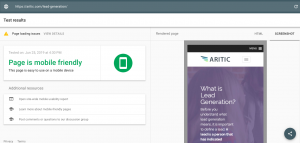It can be hard to foster a sense of community and routine amongst remote employees who have very little interaction with their managers and colleagues. When managers provide structure in field reps’ work lives, accountability and employee engagement increase. Employees will work more productively if they feel that their individual efforts contribute to the achievement of the overarching organizational goals. In order to create cohesion and heightened responsibility, managers of remote teams should focus on implementing formal and informal structural processes.
Formal Structure
A documented organizational chart, scheduled meetings, and established organizational policies and procedures all fall into the category of formal structure. Having this type of structure in place reinforces processes for how employees operate that are consistent throughout the entire field team. Employees will feel more connected to their counterparts if they know that they are part of a group that is working to reach the same goals under the same organizational framework.
Remote employees are self-managers who work well independently. However, regularly scheduled mandatory meetings can help to prevent feelings of isolation in these employees by creating routine and a place for face-to-face interaction. Meetings also help to keep employees from veering off track and forgetting that they are part of a larger team with common objectives. Managers should review documented structures and company-wide announcements with remote employees as often as necessary to remind them that the organization they work for has purpose and that rules do exist. Formal structures promote remote team unity which drives employees to accomplish the organization’s mission.
Informal Structure
Creating accountability and motivation in remote employees starts with how managers communicate with them. Informal structures are less about organizational systems and more about relationships and patterns of behavior. Structured, informal communication with employees stimulates engagement, which is critical for productivity.
To institute informal structure with remote employees, managers can commit to quickly checking in with team members individually via phone calls, instant messaging, or email on a regular basis. If managers contact remote team members routinely at the same time of day, employees will come to expect this interaction because an informal structure has been created. As with formal structure, this type of casual communication reminds employees that they are part of a larger organization with universal goals.
Having formal structure in place is essential for fostering accountability in remote field teams, as it emphasizes that there are definitive processes to be followed and targets to be met. Structured communication practices that develop through meetings and informal check-ins boost engagement because employees will feel inclusion and understand the value of their daily output as it relates to the success of the organization for which they work.
(119)






